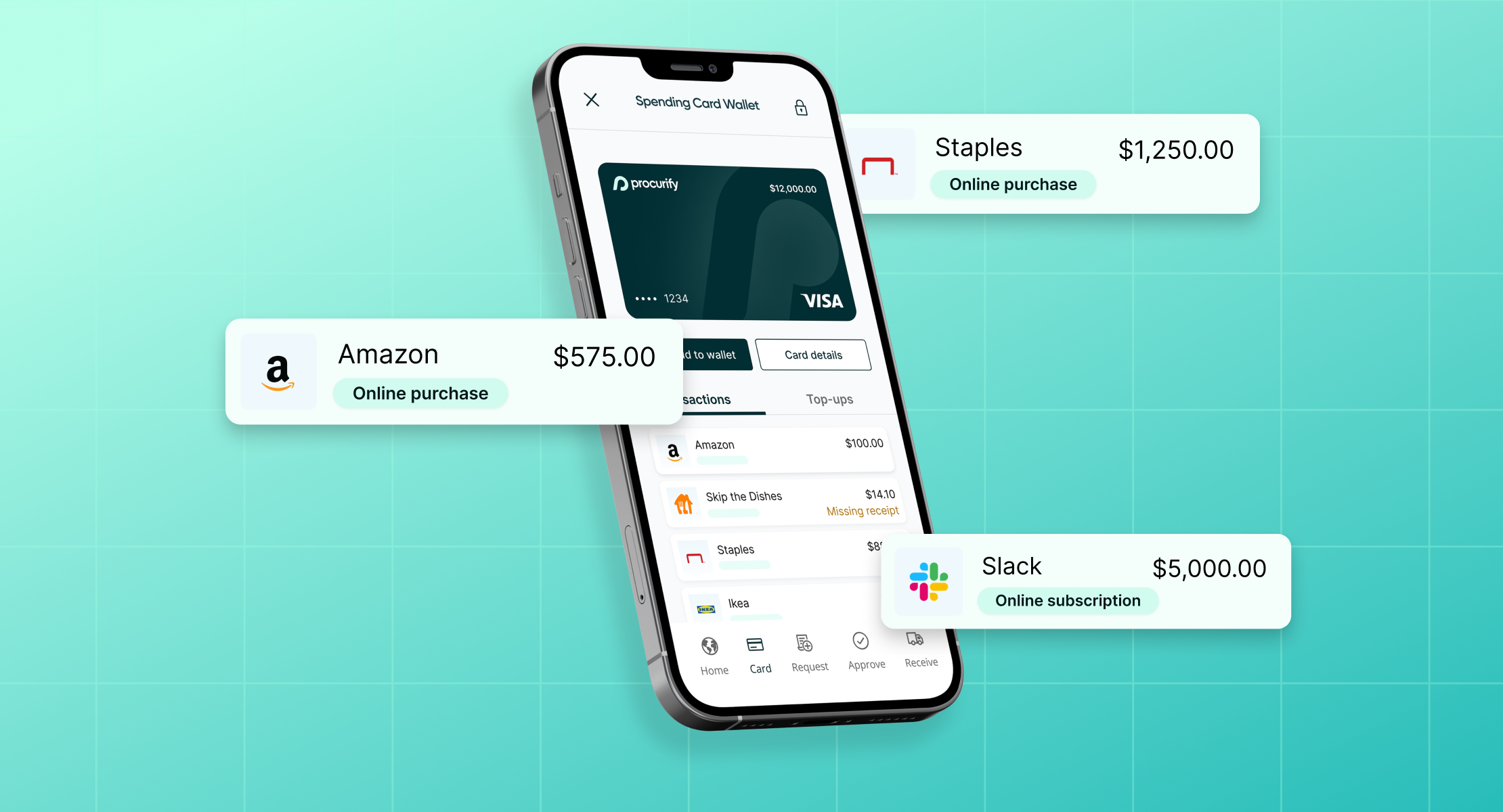
Understanding Expense Management: A Comprehensive Guide
What is expense management?
Definition:
Expense management is the process of tracking, controlling, and analyzing an organization’s spending. It involves overseeing how money is spent, ensuring expenses align with company policies, and identifying opportunities to optimize costs and improve financial efficiency.
Why it matters:
Effective expense management is essential for maintaining financial stability and supporting long-term growth. When organizations proactively manage expenses, they can allocate resources more strategically, uncover cost-saving opportunities, and maintain healthier profit margins. It also builds trust and confidence among stakeholders, including leadership teams, investors, and auditors.
Core Objectives:
The main goals of expense management are to:
- Eliminate wasteful or duplicate spending
- Improve visibility into financial performance
- Ensure compliance with internal policies and external regulations
- Empower better, data-driven decision-making
By refining expense processes and using clear guidelines, businesses gain tighter control over budgets and reduce the risk of errors or fraud.
What it includes:
Expense management covers more than just submitting receipts or processing reimbursements. It includes:
- Setting expense policies and approval rules
- Monitoring and categorizing expenses
- Using tools or software for reporting and real-time tracking
- Analyzing trends to improve forecasting and budgeting
Ultimately, expense management supports broader financial planning efforts—helping teams operate with greater accountability, agility, and insight.
Relation to Financial Management:
Expense management is a core part of broader financial management strategies, working hand-in-hand with budgeting, forecasting, and financial reporting.
By tracking how money is spent and enforcing policy compliance, expense management provides real-time insight into spending patterns, budget adherence, and variance trends. These insights support:
- More accurate budget planning
- Faster financial reporting cycles
- Better allocation of resources
- Improved organizational alignment
When expense management is done well, it enhances transparency, reduces risk, and helps ensure that day-to-day spending aligns with long-term financial goals.
Evolution:
The way organizations manage expenses has changed dramatically. Traditional methods like paper receipts, spreadsheets, and manual approvals are time-consuming, error-prone, and difficult to scale.
Today, modern businesses rely on automated expense management systems powered by:
- Cloud-based platforms
- Mobile apps for on-the-go submissions
- Optical character recognition (OCR)
- Data analytics and reporting dashboards
These advancements have made expense tracking more efficient, accurate, and transparent. Automation also enables real-time visibility into spend, helping finance teams move faster and stay ahead of compliance and audit requirements.
As technology continues to evolve, the benefits of modern tools for managing expenses have become a must-have for organizations seeking financial control and to support strategic decision making
The Benefits of Effective Expense Management
Organizations that adopt disciplined expense practices benefit from improved financial visibility, stronger compliance and policy enforcement, smarter decision-making, and greater cost control and accountability.
Improved Financial Visibility and Forecasting:
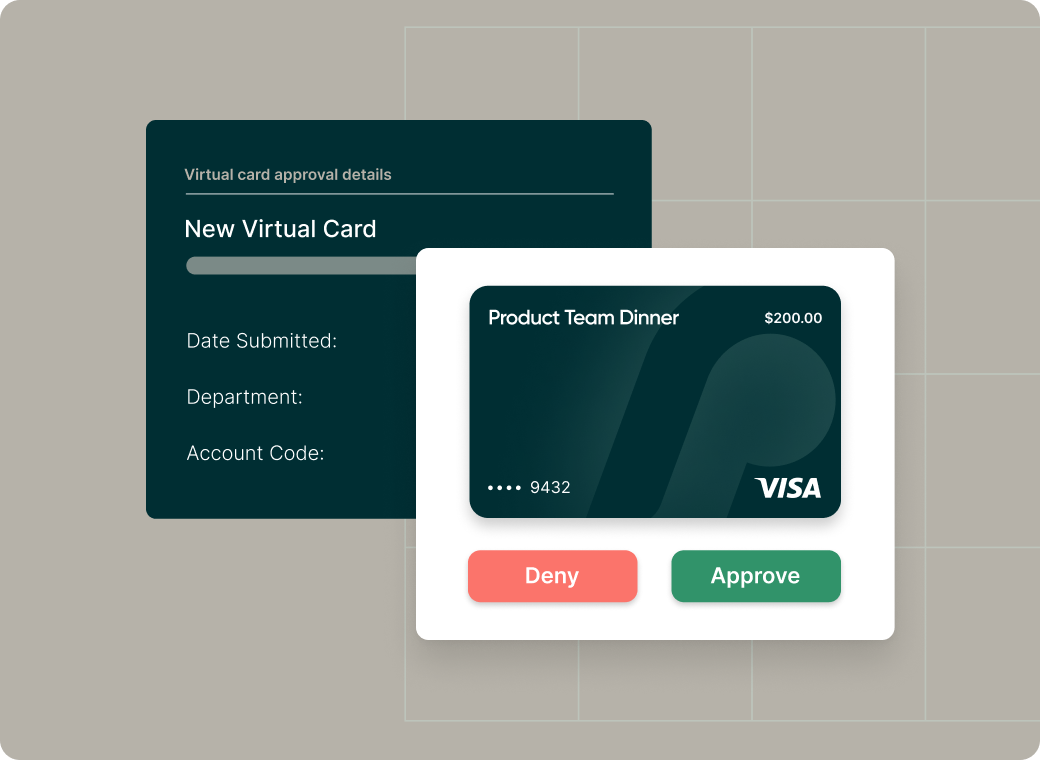
Effective expense management provides real-time visibility into spending across the organization. By tracking expenses as they occur and generating comprehensive reports, finance teams can quickly assess current financial health and forecast future spending with greater accuracy.
This improved visibility supports smarter, faster decisions. It helps businesses anticipate cash flow fluctuations, proactively manage budgets, and allocate resources more strategically, all of which are essential to maintaining financial agility and planning for growth.
Compliance with Regulations and Policies:
Maintaining compliance is a core function of any expense management strategy particularly for businesses in highly regulated industries. Automated expense management software helps enforce company policies and regulatory standards by flagging non-compliant expenses, applying spending limits, and maintaining consistent approval workflows.
These built-in checks reduce the risk of fraud, prevent errors, and ensure audit readiness. They also help protect the company’s reputation by upholding accountability and transparency in financial operations.
Enhanced Decision-Making and Strategic Planning:
Modern expense management systems do more than track costs; they generate insights that drive better business decisions. With access to real-time and historical spend data, finance leaders can uncover trends, monitor budget adherence, and evaluate where resources are most effectively deployed.
Whether it’s reallocating budgets, identifying savings opportunities, or assessing project profitability, these insights enable more confident and informed decision-making. Expense data becomes a strategic asset, not just an operational record.
Key Components of Expense Management
Effective expense management brings together several core components that work in tandem to improve efficiency, ensure compliance, and support financial control. Below, we outline the foundational elements that help organizations manage expenses with greater accuracy and visibility.
Expense Tracking and Categorization:
Accurate expense tracking and categorization form the foundation of effective expense management. By meticulously recording and categorizing expenses, organizations can ensure transparency and accountability in spending. Expense tracking tools and software solutions play a crucial role in capturing and organizing expense data, including details such as date, amount, category, and purpose. These tools enable businesses to track expenses in real-time, streamline data entry processes, and generate comprehensive expense reports for analysis and decision-making.
Expense Approval Workflows:

Streamlined approval workflows help ensure every submitted expense aligns with internal policies and budget expectations. With automation, expenses are routed to the right approvers based on predefined rules, eliminating delays and improving oversight.
Customizable workflows support spend control by enforcing limits, ensuring policy compliance, and maintaining a clear audit trail.
Expense Reporting and Insights:
Robust reporting capabilities turn raw expense data into actionable spend insights. Tools with interactive dashboards and real-time analytics help finance teams spot trends, monitor budget adherence, and identify areas for cost savings.
By centralizing and visualizing data, these tools enable more strategic conversations about resource allocation and spending behavior.
Integration with Accounting and Financial Systems:
For expense management to work at scale, it must integrate smoothly with accounting, ERP, or other financial systems. Integration reduces manual reconciliation, improves data accuracy, and ensures consistency across platforms.
This connected approach helps unify financial reporting, simplify compliance efforts, and support real-time decision-making.
By leveraging these components effectively, organizations can optimize their expense management processes, drive efficiency, and achieve greater financial control and transparency.
Common Challenges in Expense Management
While modern expense management offers clear benefits, many organizations still encounter roadblocks that prevent them from optimizing spend and maintaining control. Below are four of the most common challenges — and how to overcome them.
Manual Processes and Paperwork:
A major hurdle in many organizations is the continued reliance on manual methods. Paper-based receipts, spreadsheets, and manual data entry are not only time-consuming but also error-prone. These outdated processes create inefficiencies that slow down reconciliation and decision-making.
Solution: Automation tools can eliminate manual tasks, reduce administrative burden, and improve overall accuracy.
Lack of Visibility and Control:
Without centralized oversight, it’s difficult to track spending or enforce policies. This is especially true in organizations where teams use disconnected systems or manage expenses in silos.
Solution: Centralized expense platforms provide real-time visibility into transactions, approvals, and policy compliance, enabling teams to make informed decisions and maintain tighter control.
Compliance Issues and Fraud Risks:
Non-compliance with internal policies or external regulations can lead to penalties and reputational damage. Fraud risks such as padded expenses, duplicate submissions, or unauthorized purchases compound these concerns.
Solution: Built-in policy enforcement, audit trails, and automated fraud detection can reduce risk and support regulatory compliance.
Inefficient Reimbursement Processes:
Slow reimbursements create frustration for employees and reduce confidence in financial processes. Manual approval chains and unclear reimbursement policies can lead to unnecessary delays and affect employee morale.
Solution: Streamlining the reimbursement workflow with automation accelerates processing times and improves satisfaction across the organization.
Best Practices for Expense Management
Strategic expense management requires more than just the right tools — it demands consistent execution of proven best practices. Here are several key approaches that help organizations improve control, boost efficiency, and drive better financial outcomes.
Implement Automated Expense Management Tools
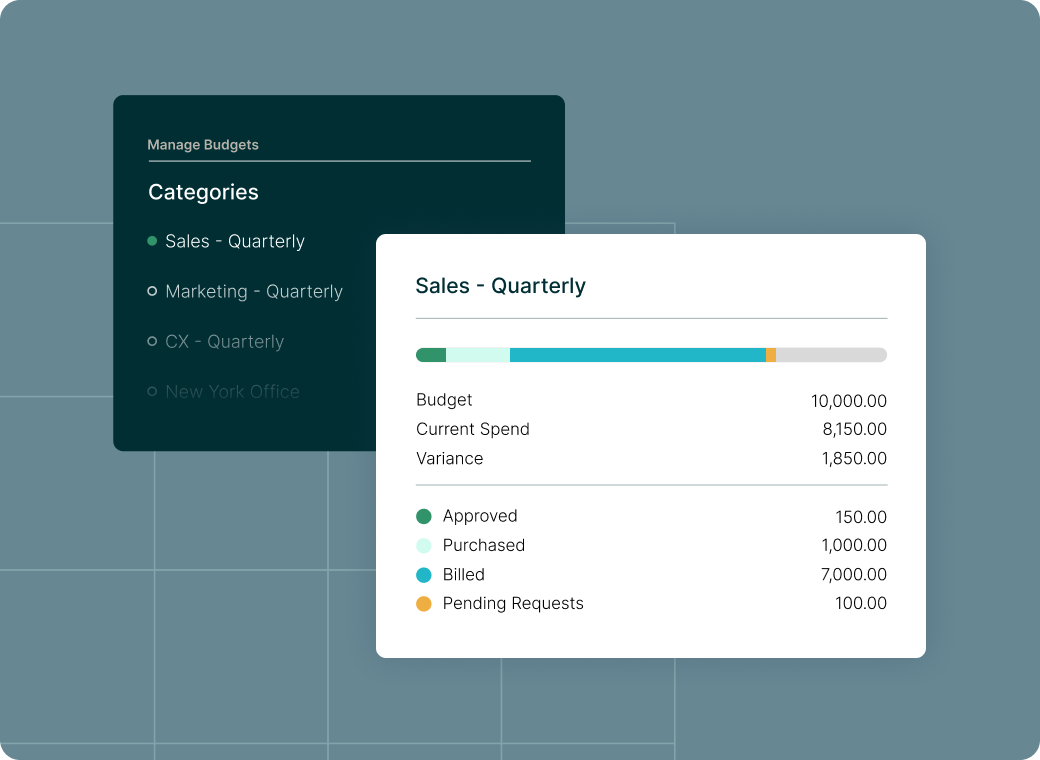
One of the most impactful ways to modernize expense management is by adopting automated software. These platforms improve speed, accuracy, and compliance while reducing manual workload.
Look for tools that offer mobile receipt capture, accounting system integration, customizable approval workflows, and real-time tracking. By automating repetitive tasks, companies can free up time and gain instant visibility into spending activity.
Establish Clear Expense Policies and Guidelines:
A well-defined expense policy ensures everyone understands what’s allowed and expected. Your policy should cover eligible expenses, spending limits, approval chains, and documentation requirements.
To promote compliance, communicate the policy clearly through onboarding sessions, quick-reference guides, and centralized access to resources.
Train Employees on Expense Procedures:
Employee education plays a vital role in reducing errors and ensuring compliance. Provide training on how to submit expenses correctly, use expense management tools, and follow policy guidelines.
When employees understand the “why” behind the rules, they’re more likely to comply — and less likely to make mistakes that slow down processing or raise red flags.
Review and Optimize Regularly:
The most efficient expense programs evolve over time. Conduct regular reviews of workflows, monitor procurement KPIs (like approval cycle times or policy violations), and gather feedback from users to find improvement opportunities.
A data-driven approach helps pinpoint bottlenecks and keep processes aligned with company goals.
By implementing best practices such as automated expense management software, clear expense policies, employee education, and continuous process optimization, organizations can master efficiency in expense management. These practices not only streamline processes and enhance compliance but also empower businesses to make informed decisions and achieve their financial objectives with confidence.
Future Trends in Expense Management
Expense management is shifting from a tactical task to a strategic advantage. These forward-looking trends are reshaping how organizations track, manage, and analyze spend.
Adoption of Artificial Intelligence and Machine Learning:
Artificial intelligence and machine learning are transforming how expenses are categorized, flagged, and analyzed. These technologies power smart receipt scanning, real-time fraud detection, and personalized insights based on historical spend behavior.
AI based procurement software can also reduce administrative burden by learning from past data to automate classification and flag anomalies early.
Mobile Expense Capabilities:
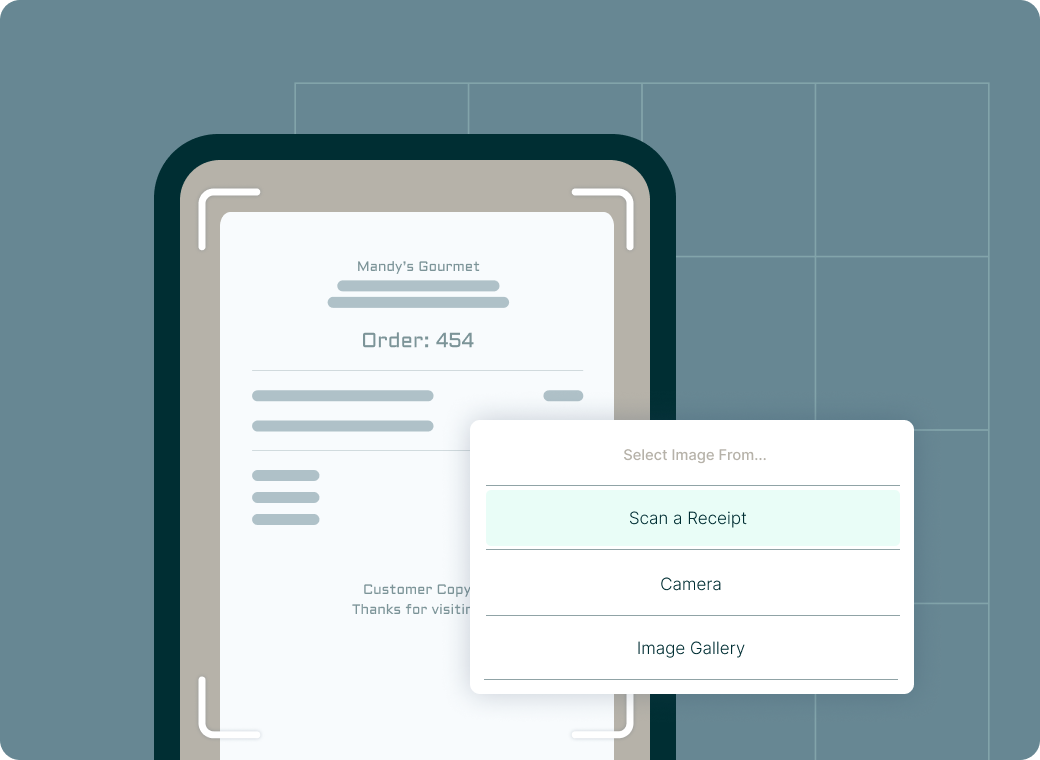
Mobile-first spend solutions are now a must-have. Employees expect to capture receipts, submit expenses, and approve reports from their phones.
Mobile expense tools enable fast, on-the-go submissions and reduce processing delays. Features like real-time notifications and camera-based receipt scanning make it easier for employees to stay compliant and accurate.
Blockchain Integration (Emerging):
Though still in early stages, blockchain in procurement offers promising applications for secure, tamper-proof expense tracking. With decentralized ledgers, organizations can improve data transparency, automate audits, and reduce the risk of fraud.
Potential use cases include smart contracts for approvals and immutable expense records.
Predictive Analytics and Budget Forecasting:
Predictive analytics helps companies go beyond historical reporting. By analyzing trends and anomalies, organizations can forecast future expenses, anticipate risks, and make more strategic budget decisions.
When combined with other tools, predictive procurement analytics support smarter planning and reduce the chance of unexpected budget overruns.
Conclusion
Effective expense management is no longer optional — it’s foundational to operational success and financial resilience.
From adopting automation and AI to refining policies and embracing predictive analytics, forward-thinking organizations are reimagining how they manage spend. With the right strategy, tools, and employee engagement, expense management becomes a source of insight and control rather than administrative overhead.
As the landscape continues to evolve, organizations that stay ahead of emerging trends will be best positioned to reduce risk, improve financial visibility, and scale confidently into the future.
Looking to automate and scale your expense processes? Explore the top benefits of expense management software to see how automation can reduce costs, improve compliance, and save time.
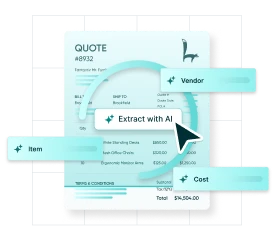
Preview AI Intake for Orders
Take the product tour to see how the new intake experience works.



